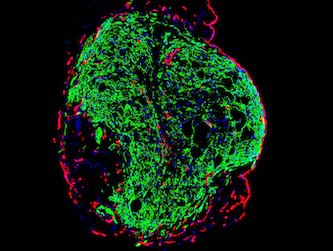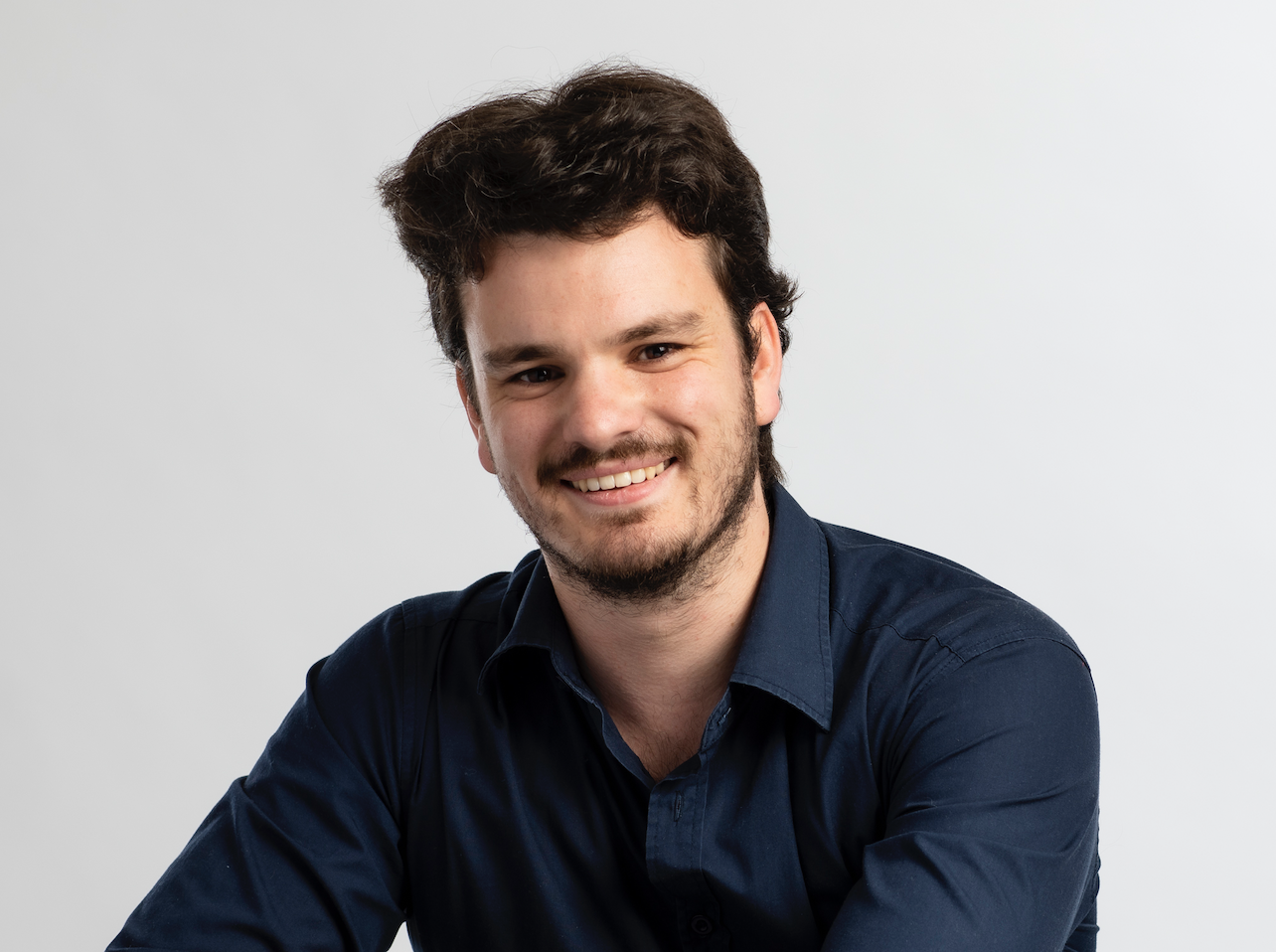Heart disease continues to be the leading cause of death worldwide. However, our understanding of this disease remains limited because human heart tissues are hard to come by. Human heart cells generated from stem cells can be used to grow human heart tissues in a lab dish. This pre-clinical human heart model has allowed us to test new drugs with the potential to protect the heart from injury, as well as to study genetic mutations that can cause heart disease.
Proudly supported by the O’Brien Foundation.
Current research projects
-
Engineered heart tissue for disease modelling and novel target discovery
Development of effective new drug candidates that are specific and effective for humans has been severely limited and detailed characterisation of human heart disease is urgently needed. However, this has been largely impeded by the limited access to viable human heart samples and by the cellular heterogeneity of heart tissue. We have established a multicellular cardiac organoid model with an integrated vasculature and autonomic neuronal network. We hypothesise that this multicellular human cardiac organoid, constructed with human induced pluripotent stem cell derivatives, can recapitulate the cellular and microenvironment changes during cardiac injury. This study will establish a pre-clinical human heart tissue model for cardiac disease modelling and drug development that will facilitate animal-to-human translation.
Stem cell secretomeStem cells have the potential to treat heart disease by producing beneficial soluble factors and membrane-bound particles. This project aims to accelerate the development of a new, safe and minimally invasive method to deliver the beneficial proteins of stem cells to patients, using a retrievable encapsulation device that protects the transplanted cells, to allow long-term treatment for effective cardiac repair.
Therapeutic potential of targeting mitochondrial morphologyMitochondria are the powerhouses of cells. They are membrane-bound compartments, within the cell, that use nutrients to produce chemical energy to power the cell’s biochemical reactions. One of the processes involved in heart damage is a change in the shape of the mitochondria, which can either join together by the process of fusion or divide into smaller pieces by the process of fission. A protein called Drp1 is needed for mitochondrial fission; blocking Drp1-mediated mitochondrial fission can protect against heart damage. However, until recently, there has not been a specific and potent enough inhibitor of Drp1 to develop into an effective drug for humans. We have discovered new drugs that can bind specifically to human Drp1, inhibit mitochondrial division and protect animals from heart damage after heart attack. In this project, we will continue to improve the potency and specificity of these new drugs for heart protection and repair.
People

+61 3 9231 2480 (Reception) +61 3 9231 4020 (Office)
Available for Student Supervision


Research Officer, Cardiac Regeneration and Vascular Biology laboratories (O'Brien Department)
View Profile- Dr Saba Naghipour, Research officer
- Mr RenJie (Jack) Phang, Research Assistant
- Ms Yali Deng, PhD student
- Mr Alex Parker, PhD student
- Mr Jonathan Lozano, PhD student
- Ms Anny Nan Su, Masters student
- Ms Hilary Hei Yi Woo, Masters student
Alumni
- Dr Damian de Santiago
- Mr Haoxiang (Alan) Zhang
- Ms Jordan Clarke
- Mr Lebei Jiao
- Mr Alexander Murdoch
- Mr Andrew Treller
- Ms Ritika Saxena
- Ms Priya Sivakumaran
- Dr Ayeshah Rosdah
- Ms Li Li
Student projects
Modelling cardiovascular diseases using human cardiac organoids
Lab: Cardiac Regeneration
Supervisor(s): Associate Professor Shiang (Max) Lim Dr Jarmon G Lees
Diseases focus: Regenerative MedicineDeveloping new treatments for Friedreich ataxia heart disease
Lab: Cardiac Regeneration
Supervisor(s): Dr Jarmon G Lees
Diseases focus: Healthy AgeingSelected publications
Lyu Q*, Gong S*, Lees JG*, Yin J, Yap LW, Kong AM, Shi Q, Fu R, Zhu Q, Dyer A, Dyson J, Lim SY, Cheng W. A Soft and Ultrasensitive Force Sensing Diaphragm for Probing Cardiac Organoids Instantaneously and Wirelessly. Nat Commun 2022:13(1):7259 *joint first authors
Phang RJ, Ritchie RH, Hausenloy DJ, Lees JG, Lim SY. Cellular interplay between cardiomyocytes and non-myocytes in diabetic cardiomyopathy. Cardiovasc Res 2023:119(3):668-690.
Lees JG, Napierala M, Pébay A, Dottori M, Lim SY. Cellular pathophysiology of Friedreich’s ataxia cardiomyopathy. Int J Cardiol 2022:346:71-78.
Rosdah AA, Smiles WJ, Oakhill JS, Scott JW, Langendorff CG, Delbridge LMD, Holien JK, Lim SY. New perspectives on the role of Drp1 isoforms in regulating mitochondrial pathophysiology. Pharmacol. Ther. 2020:213:107594.
Kompa AR, Greening DW, Kong AM, McMillan PJ, Fang H, Saxena R, Wong RCB, Lees JG, Sivakumaran P, Newcomb AE, Tannous BA, Kos C, Mariana L, Loudovaris T, Hausenloy DJ, Lim SY. Sustained subcutaneous delivery of secretome of human cardiac stem cells promotes cardiac repair following myocardial infarction. Cardiovasc Res. 2021:117(3):918-929
Zhang Y, Sivakumaran P, Newcomb AE, Hernandez D, Harris N, Khanabdali R, Liu GS, Kelly DJ, Pébay A, Hewitt AW, Boyle A, Harvey R, Morrison WA, Elliott DA, Dusting GJ, Lim SY. Cardiac repair with a novel population of mesenchymal stem cells resident in the human heart. Stem Cells. 2015:33:3100-13. doi: 10.1002/stem.2101
ORCID profile: https://orcid.org/0000-0002-0442-3655
Google Scholar profile: https://scholar.google.com/citations?user=-F_g4SQAAAAJ&hl=en
Related news

October 2023
Rising Star fellow Jarmon Lees
Supported by a Fellowship from the Marian & E.H. Flack Trust, Dr Jarmon Lees and his team from the Cardiac Regeneration Lab are focussed on developing new treatments for its most common complication, heart disease.

June 2023
Weary Dunlop Foundation supports ‘heart in a dish’ research
Dr Jarmon Lees has been awarded a Weary Dunlop Foundation grant to further his work on identifying new treatments for heart attack in people undergoing cancer treatment.